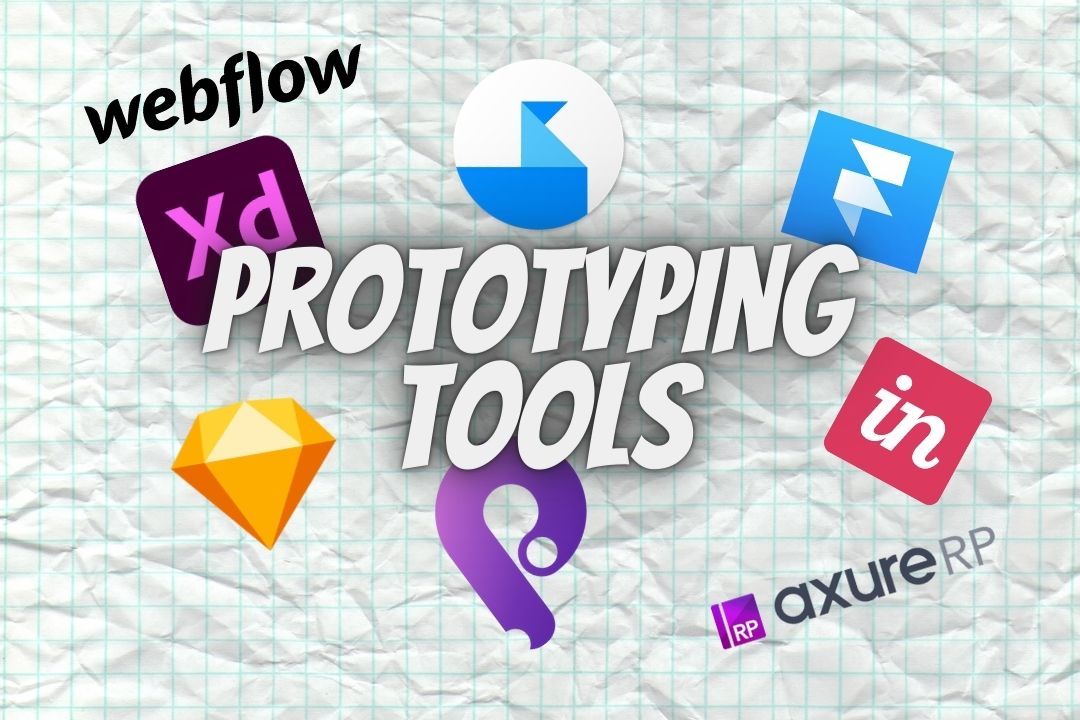
Top Ten UI/UX Prototyping Tools
Prototyping tools can allow product designers and consumers to communicate dramatically better. Instead of presenting different views when they are in the same sense of the domain.
Clients get a visual overview of what will actually be produced at the start of the model.
The top and best mockup prototyping tools:
In vision: By far, In vision is the world’s most common prototyping method. And the team is continually introducing innovative apps to support product designers more effectively. You may arrange concept components into a progress layout with In Vision’s software development page. And the prototype can be used for different versions of Android, IOS, and the web.
Adobe Experience Design: we can construct, recreate, and redesign vectors with Adobe XD and construct sculptures in the same platform to construct wireframes, screen layouts, making it accessible, and development properties. Right inside the app, we can turn easily from concept to prototype.
Origami Studio: Initially, Facebook developed Origami to help organizations to create and develop software. With this prototyping tool, we can display the mockup using Origami live on our smartphone in real-time. We can also display our prototypes on a variety of different platforms in massive displays.
Sketch: In certain respects, Web Sketch is different from Photo editing, enabling you to modify and customize images. Vector shapes from Sketch quickly adjust to evolving designs, sizes, and formats, so you can prevent a lot of awkward hand-tweaking. The completely vector-based design of Sketch makes it simple from start to finish to produce exquisite and elevated work.
Axure: Without the use of coding, Axure offers potent prototyping. It offers characteristics like Flexible material for delivering, if current, hover functions. The implicit models can be expressed for requirements for testing. Data functions such as adding or removing the quantity from the cart represent and helps in sorting information. And these prototyping models can be used for all iOS’s.
Web flow: The major selling point of Web flow is that it offers such robust features without the need to write a single program. Web flow focuses extensively on interactive simulations, relationships, and search engine optimization. Although the entire site can only be developed, planned, and published using the visual-based UI.
Framer: The Framer is one of the most common instruments for prototyping. It’s based on the idea that something can be prototyped with the code, culminating in innovative and magnificent designs. It offers a streamlined workflow, accompanied by system preview, performance tuning, and simple sharing. If you don’t know, Framer has very well designed documentation.
Atomic: Atomic, which includes Google Chrome and it is a web-based application. It’s a downside for programmers using Firefox, Safari, or any other plugin, as it does not have a desktop application.
Principle: The idea is designed for OS X and comes with a live prototype mirror app for iOS.
Principle lets you create projects that look and sound great, whether you’re developing
the flow of a low- and mid app or new interfaces and simulations.
Just in mind: Just In Mind is another common prototyping tool, known for producing integrated and comprehensive, but at a very big cost. Another major advantage is that it can be downloaded for offline work anywhere on your device.
To know more about different prototyping tools visit our UI/UX page
